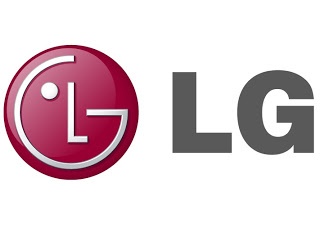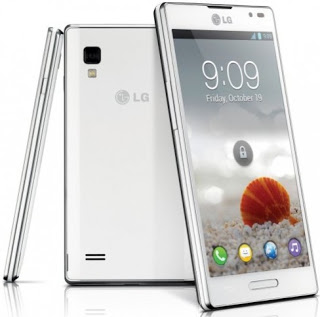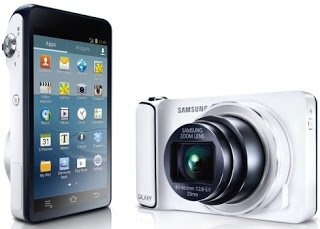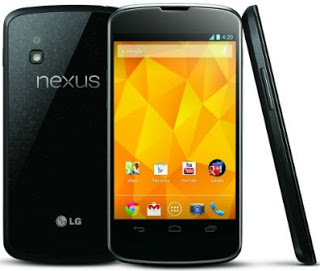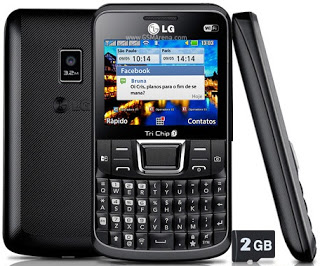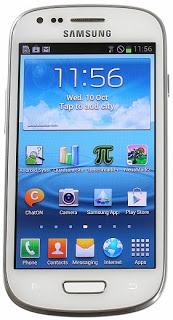Media Release: LG ELECTRONICS & HOTPOINT APPLIANCES TO LEVERAGE ON NEW PRODUCTS AND CUSTOMER SERVICE IN GROWING MARKET SHARE Nairobi, November 23rd 2012
Leading consumer electronics manufacturer LG Electronics is betting on energy efficient, aesthetically pleasing and innovative new products, with support of a strong distribution network, to grow its market share in the coming year.
The company which has been on an innovation trajectory has announced a raft of measures aimed at maintaining its market dominance while at the same time driving the environment sustainability agenda.
Speaking during the end of year LG dealers convention, LG Electronics Managing Director Mr. Josep Kim said over the past year, the company had embarked on customer service enhancement drive aimed at ensuring that customers enjoy the best experience of its products.
“2012 has been a challenging year but with our dealers support we have managed to face the challenges positively. We began the year by enhancing our service offering with the opening of the LG Customer
Care Centre, which complements the three existing Hotpoint service centers. On this front, we have also has boosted the mobile after sales service commonly referred as Care & Delight bus,” said Mr. Kim.
Mr. Kim added that the initiatives were geared towards cementing LG’s position in the Kenyan market and reiterated that the company will continue rolling out more products that address the changing preferences in this dynamic industry.
During the convention, LG also unveiled four new products that the company hopes will strengthen our position in the Kenyan market and the region at large. The products are 84” Ultra Definition 3D LED TV; 3D Sound Blu Ray Home Theatre; Linear Compressor Side by Side Refrigerator and the 6 Motion Washing Machine.
“These are products whose performance has been tested the world over and which will meet and surpass customer expectations. We are
betting on these products to drive our business agenda in the course of the New Year,” said Mr. Kim.
Hotpoint Appliances Managing Director Mr. Shailesh Kanani said the partnership between the two companies had grown over the years. Continuous efforts are made to provide Kenyans with the latest products, available countrywide with unparalleled backup service to ensure ultimate consumer satisfaction. Kanani thanked all the partners for their invaluable support which has enabled this growth and superior brand presence over the years.
“Through our partnership, Kenyans and other residents of the region have been assured of conveniently accessing genuine LG Electronics products where warranty is assured at our widely spread distribution network,” said Mr. Kanani.
Mr. Kim decried challenges associated with land-lockedness which he termed as a major hindrance to the logistics of delivering products in most countries. The East African region is currently only served by two ports.
He also mentioned the escalating counterfeit menace as another key challenge to the company’s business in the region.
“We are however taking precautionary measures to ensure that our products are tamper proof and the technology used is beyond the creativity of counterfeiters. LG
Electronics will also continue partnering with government agencies charged with eliminating counterfeits to ensure that battle is won,” said Kim.

